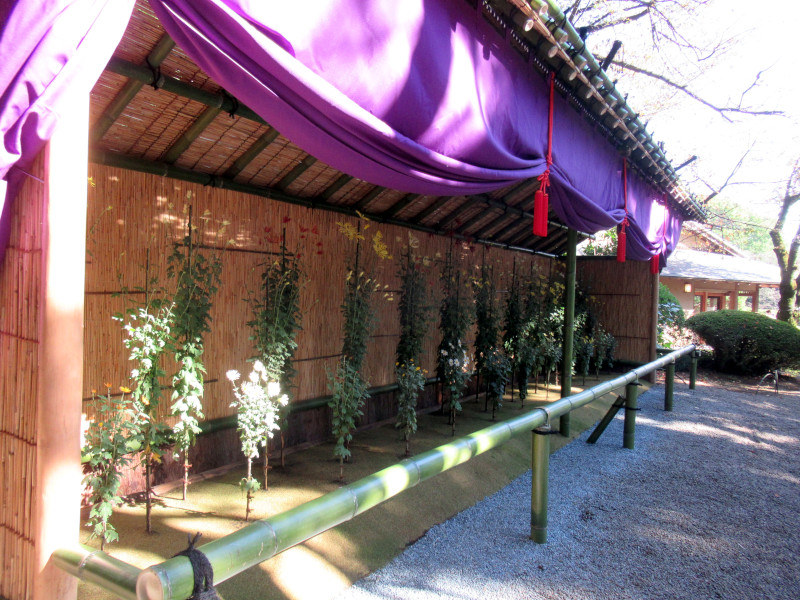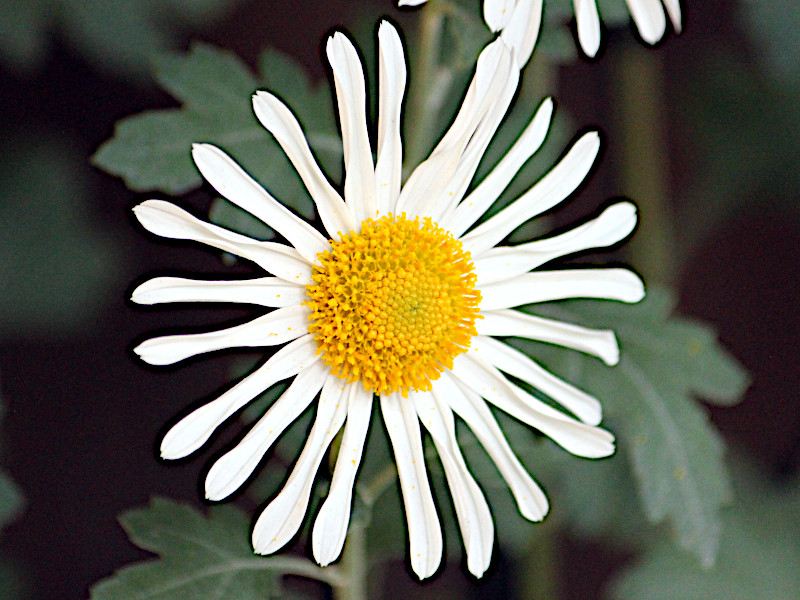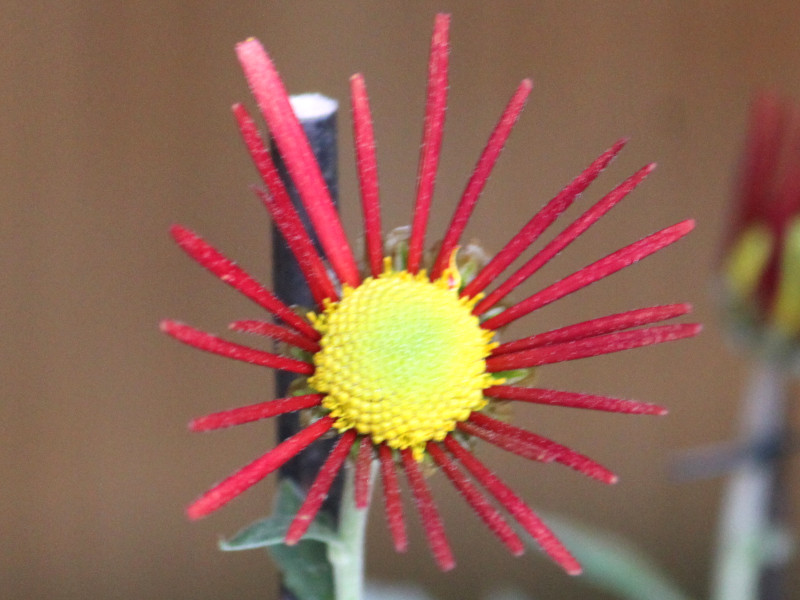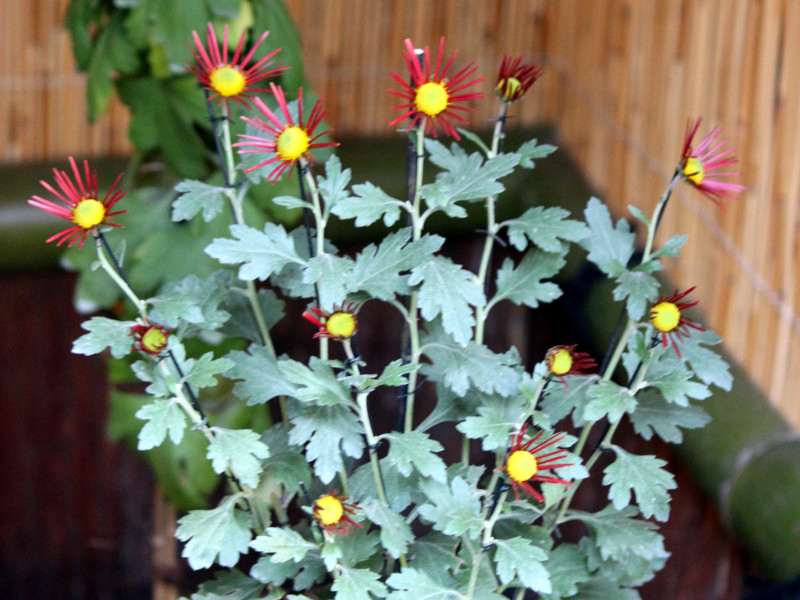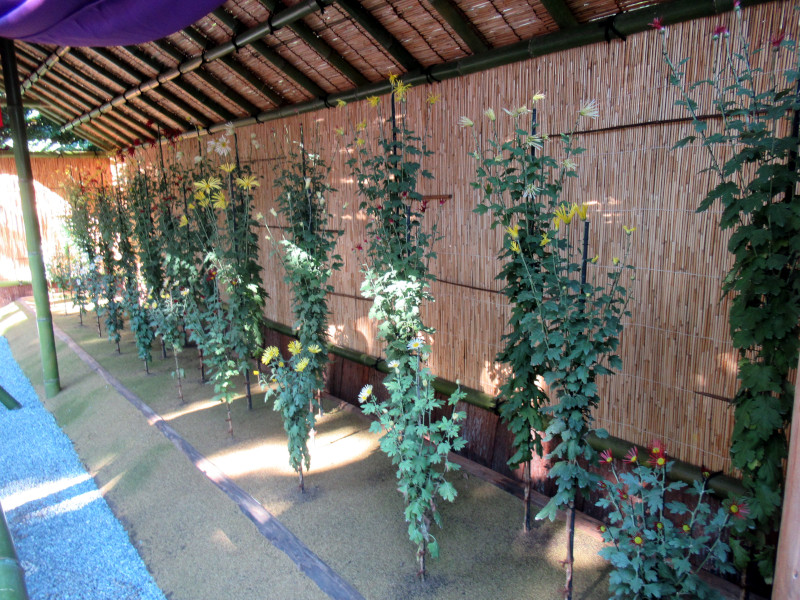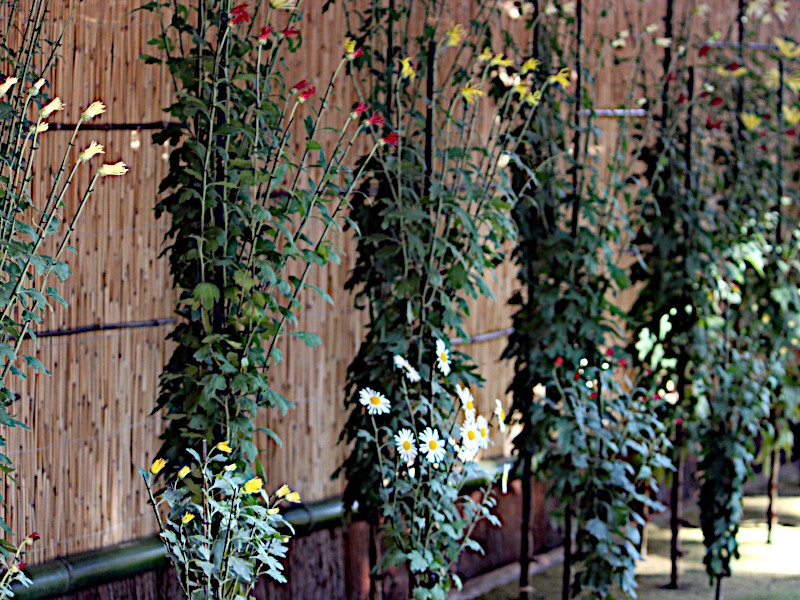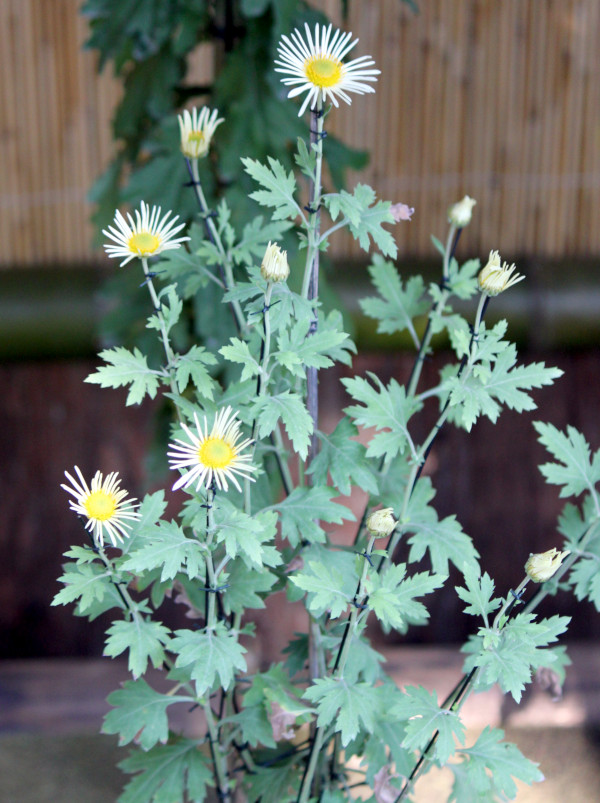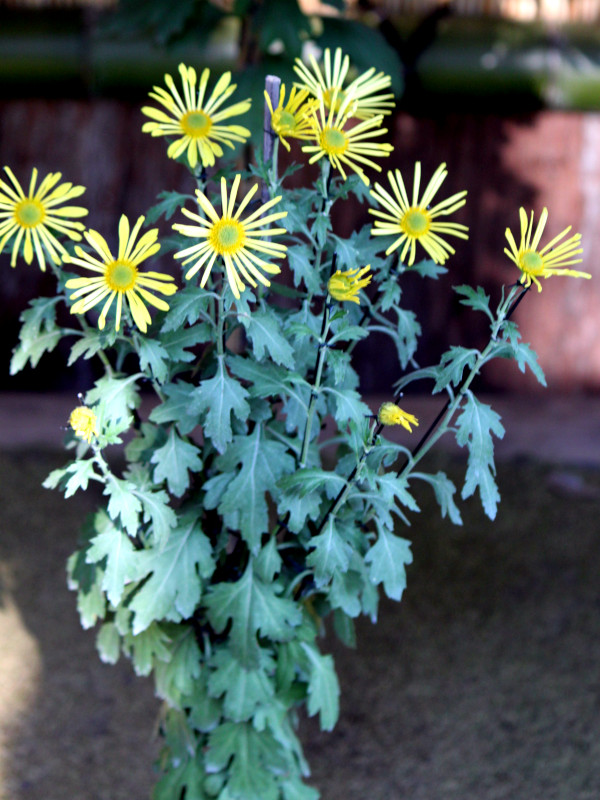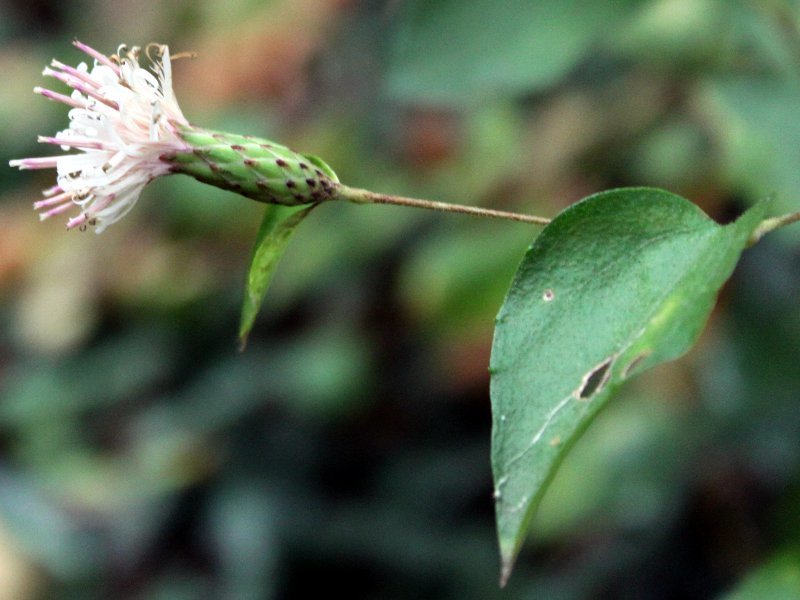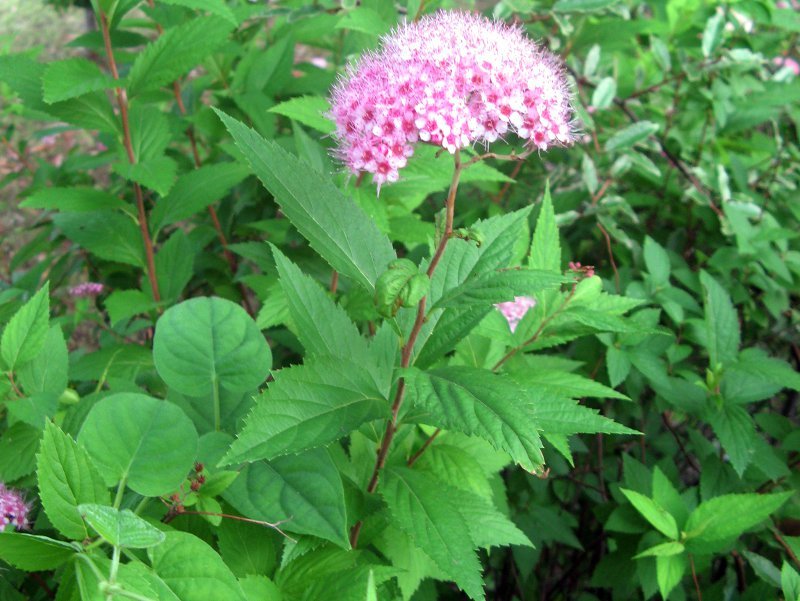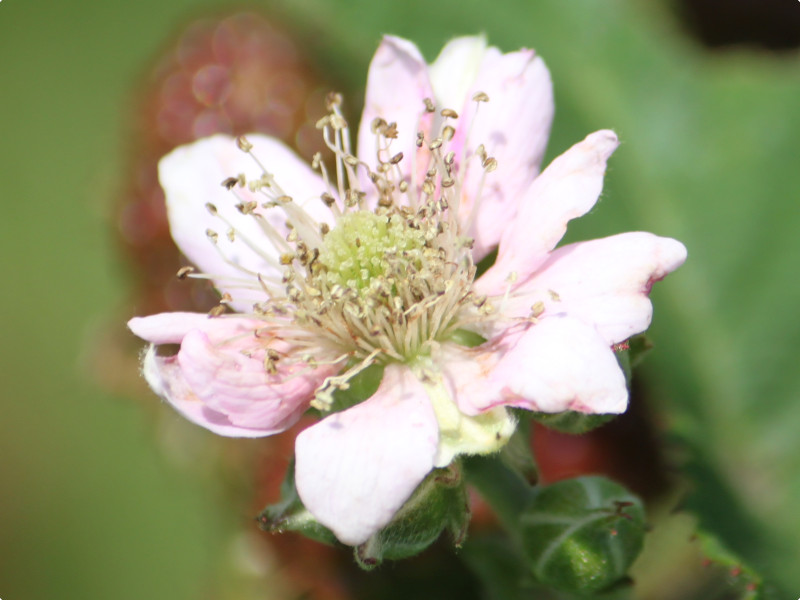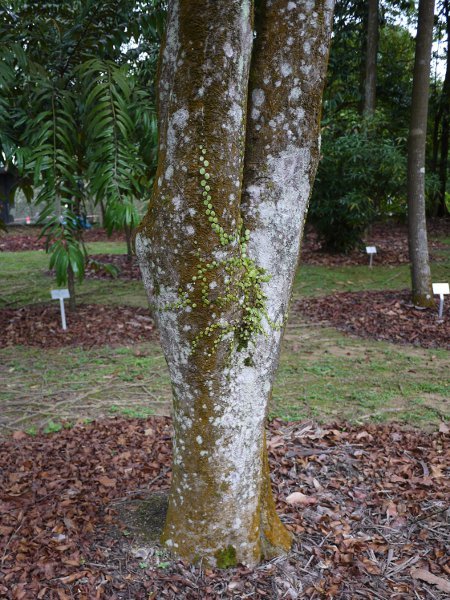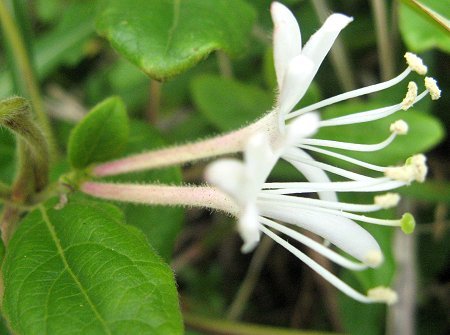HIgo chrysanthemum
- Flower nameHIgo chrysanthemum
- Scientific nameChrysanthemum morifolium cv. Higo
- Alias菊, キク, Chrysanthemum morifolium, 肥後菊, Higo
- Place of originJapanese garden varieties
- Place of floweringPotted flower
- Flowering seasonNovember, December
What is HIgo chrysanthemum
Higo chrysanthemum (scientific name: Chrysanthemum morifolium cv. Higo) is a chrysanthemum (medium-flowered chrysanthemum, but still there are large, medium and small chrysanthemums), a classic chrysanthemum developed in the Higo region, present-day Kumamoto Prefecture.
Classical chrysanthemums are traditional chrysanthemums that were bred and protected in the Edo period (1603-1868) and have been preserved to the present day, and include (Choko chrysanthemum), Sagagiku (Saga chrysanthemum), and Ise chrysanthemum (Ise chrysanthemum).
In Kumamoto, there are six representative flowers called "Higo Rokka", and Higo chrysanthemum is one of them.
The "six flowers of Higo" are the Higo chrysanthemum, the Higo camellia, the Higo peony, the Higo iris, the Higo morning glory, and the Higo mountain tea flower.
The Higo Rokka are characterized by three points: a magnificent flower core, a single flower shape, and a single letter bloom, as well as pure flower color.
Higo chrysanthemum cultivation was considered a samurai discipline by the feudal lords of Kumamoto, and even a cultivation manual called "Chrysanthemum Instruction Manual" was compiled to strictly regulate the color and arrangement of the chrysanthemums.
Characteristics of Higo Chrysanthemum
The flowers must be thin, single-petaled, and open flat.
The shape of the flower should be flat or tubular, the petals should not overlap, and the spaces between them should be transparent.
The flower color must be pure red, white, or yellow.
The flower must be of pure red, white, or yellow. There is also a rule that instead of planting only one flower, the plant should be planted in three rows (front, middle, and back) and in order of height: low, middle, and high.
C.m: Chrysanthemum morifolium
